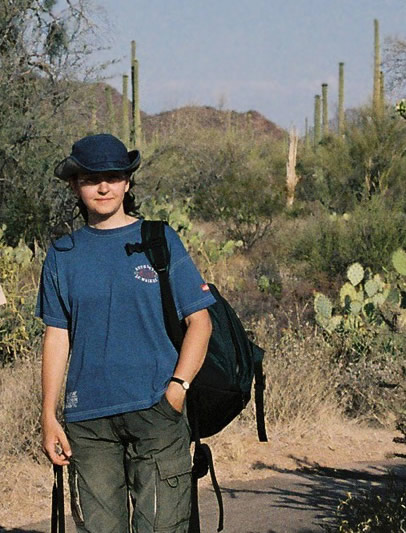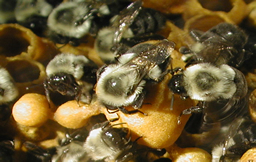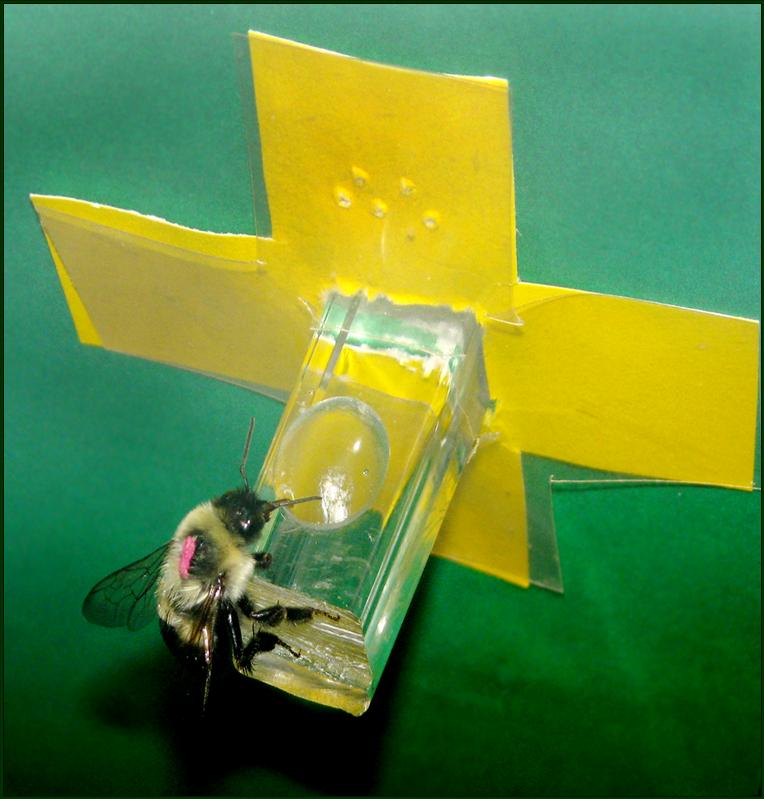
| home |
| people |
| projects |
| publications |
| courses |
| lab news |
| gallery |
![]()
I am interested in all aspects of animal cognition.
My Masters' thesis in the Papaj lab focused on the function of multimodal signaling in flowers from the standpoint of the signal receiver (in this case bumble bees, a typical insect pollinator). I showed that nectar-foraging bumble bees (Bombus impatiens) visit rewarding floral types at higher rates in laboratory assays when those types differ from unrewarding types in more than one sensory modality. In the face of speed-accuracy tradeoffs with which bees contend, multimodal floral signals improve the accuracy with which bees distinguish rewarding and unrewarding types. I defended my Masters' thesis in May 2007 and am currently a technical assistant at the Carl Sagan Center of the SETI Institute. I maintain a web resource (address below) in the area of animal cognition. I begin Ph.D. work in September at Princeton with Dan Rubenstein. I. Kulahci, A. Dornhaus and D.R. Papaj. 2008. Multimodal signals enhance decision making in foraging bumblebees. Proceedings of the Royal Society of London, Series B, in press. Available on FirstCite. doi: 10.1098/rspb.2007.1176 |
|
||
Contact Info Ipek Kulahci, M.Sc. |
|||
http://www.eebweb.arizona.edu/faculty/papaj/ Last modified: 07-Aug-2009 Webmaster: Dan Papaj EEB department home page All contents copyright © 2003-2008, Arizona Board of Regents. Photo of Bombus impatiens bumble bee colony by D. Papaj; photo of B. impatiens drinking sucrose drop at yellow cross by I. Kulahci. Animalcognition.net logo © I. Kulahci. |

